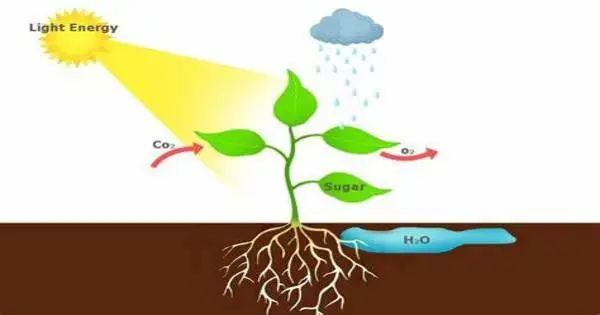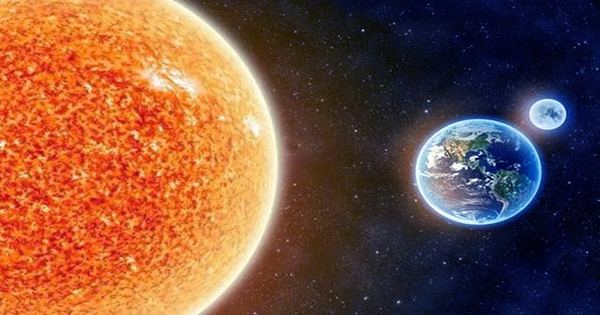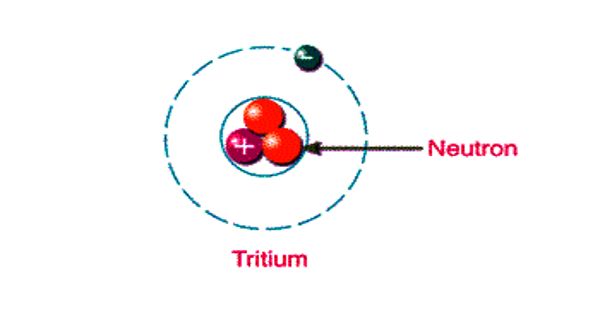An autotroph is an organism that can make its own sustenance from inorganic substances, generally by photosynthesis or chemosynthesis. It is a creature that makes complex organic chemicals (such as carbohydrates, lipids, and proteins) from simple components such as carbon dioxide, generally using energy from light (photosynthesis) or inorganic chemical reactions (chemosynthesis).
Autotrophs are the principal producers in an ecosystem because they can convert energy from the environment into organic compounds that serve as food for themselves and, indirectly, for other creatures. They convert an abiotic source of energy (e.g., light) into energy stored in organic compounds that can be used by other organisms (e.g., heterotrophs).
Autotrophs do not need a living source of carbon or energy and are the producers in a food chain, such as plants on land or algae in water (in contrast to heterotrophs as consumers of autotrophs or other heterotrophs).
There are two main types of autotrophs:
- Photoautotrophs: Sunlight is used as a source of energy by these organisms to transform carbon dioxide and water into organic molecules. Plants, algae, and certain bacteria are the most well-known photoautotrophs. They contain chlorophyll or other pigments that absorb sunlight during the photosynthesis process.
- Chemoautotrophs: Chemoautotrophs, as opposed to photoautotrophs, get their energy from chemical reactions rather than sunlight. Inorganic substances such as hydrogen sulfide or methane can be used as a source of energy to transform carbon dioxide into organic molecules. Chemoautotrophs can be found in a variety of severe conditions, including deep-sea hydrothermal vents and some types of bacteria.
Autotrophs can use carbon dioxide to produce organic molecules for biosynthesis and as stored chemical fuel. Most autotrophs use water as a reducing agent, however some can use other hydrogen molecules such as hydrogen sulfide.
Autotrophs play an important function in ecosystems by providing the foundation of the food chain. They supply energy and necessary organic chemicals that enable the growth and sustenance of heterotrophs, which are creatures that cannot create their own food and must rely on external sources for nutrition.
















